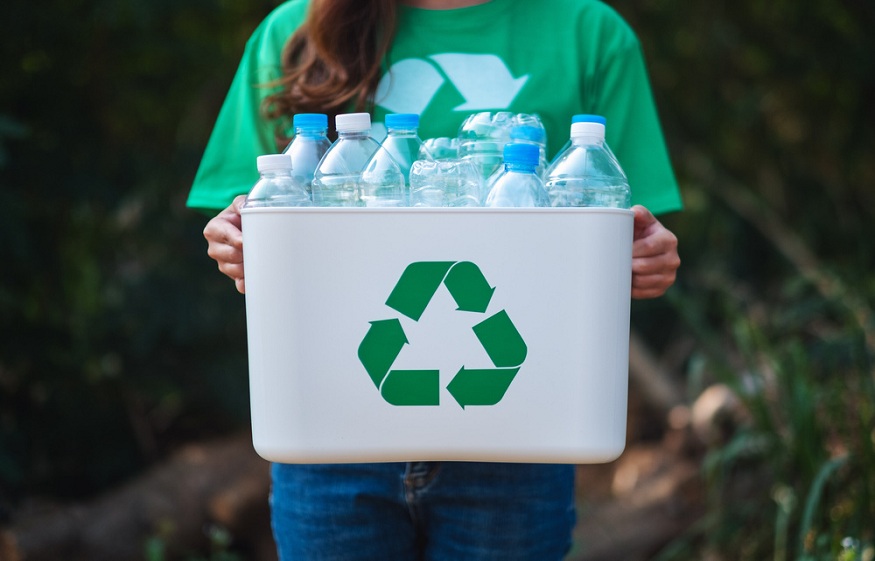There are a lot of ways to recycle a lot of different things. Some of them involve pretty high-tech solutions. But then there are the low-tech alternatives. It would be interesting to analyze recycling methodologies in such a way as to determine whether low-tech is a better way to go.
The reason for bringing this up is simple. Right now, researchers all over the world are looking at high-tech ways to improve consumer plastic recycling. While they are hard at work, decidedly low-tech solutions are already turning scrap industrial plastic into usable materials – at a profit.
Profit is the core issue with recycling. If a company cannot make money recycling plastic, it will not attempt to do so. Municipalities may still give it a shot, but they have no real incentive to not lose money. That’s why so many municipal recycling programs have failed.
High-Tech Solutions for Plastic
Recycling post-consumer plastics has been difficult from the start. As things currently stand, there are some high-tech solutions that some hope will eventually make consumer recycling financially viable. Many of them rely on various means to separate plastic’s chemical components so that they can be reused.
For instance, it is possible to subject scrap plastic to certain chemicals that will break it down into its individual constituents. But the process is time-consuming and expensive. You are left with raw materials, but you cannot make enough money with those raw materials to justify the process itself.
In addition, chemical recycling requires a lot of expensive equipment. It requires making efforts to control the potentially polluting aspects of the process. This adds even more to the cost.
Low-Tech Solutions for Plastic
While researchers continue investigating high-tech solutions, companies like Tennessee-based Seraphim Plastics utilize low-tech solutions. Seraphim purchases select types of industrial plastic waste, picks it up from the customer, and hauls it to one of its processing facilities in the seven states in which it operates.
Once at a processing facility, the material is run through a series of grinders and magnets to reduce it to a material known as regrind. Manufacturers buy the regrind and combine it with virgin plastic to create new products.
Compared to most of the high-tech solutions, Seraphim’s low-tech solution is considerably less expensive. It is also not labor intensive. With a fleet of trucks and a minimal staff, the company can obtain, process, and sell recycled plastic.
Technology Isn’t Always Better
Comparing high- and low-tech recycling solutions reveals something interesting: technology is not always better. That can be a hard pill to swallow at a time when technology is capable of doing so many amazing things. But the fact remains that low-tech solutions are sometimes better solutions.
There are times when technology doesn’t do as good a job. There are other times when it requires too much effort and money to implement. And still other times, both problems are present. A given technology requires a ton of effort and money and still doesn’t do as good a job.
Low-Tech Can Work Well
The other side of that coin is the reality that low-tech solutions can do very well. They may not be as fancy and pretty as their high-tech counterparts, but they get the job done. Such is the case with low-tech industrial plastic recycling. Grinding and shredding is about as low-tech as you can get. But it works.
As we continue looking for new ways to recycle consumer plastics, let us not forget how companies like Seraphim recycle industrial plastics. Their low-tech solutions might ultimately be the best way to go with consumer plastics.

